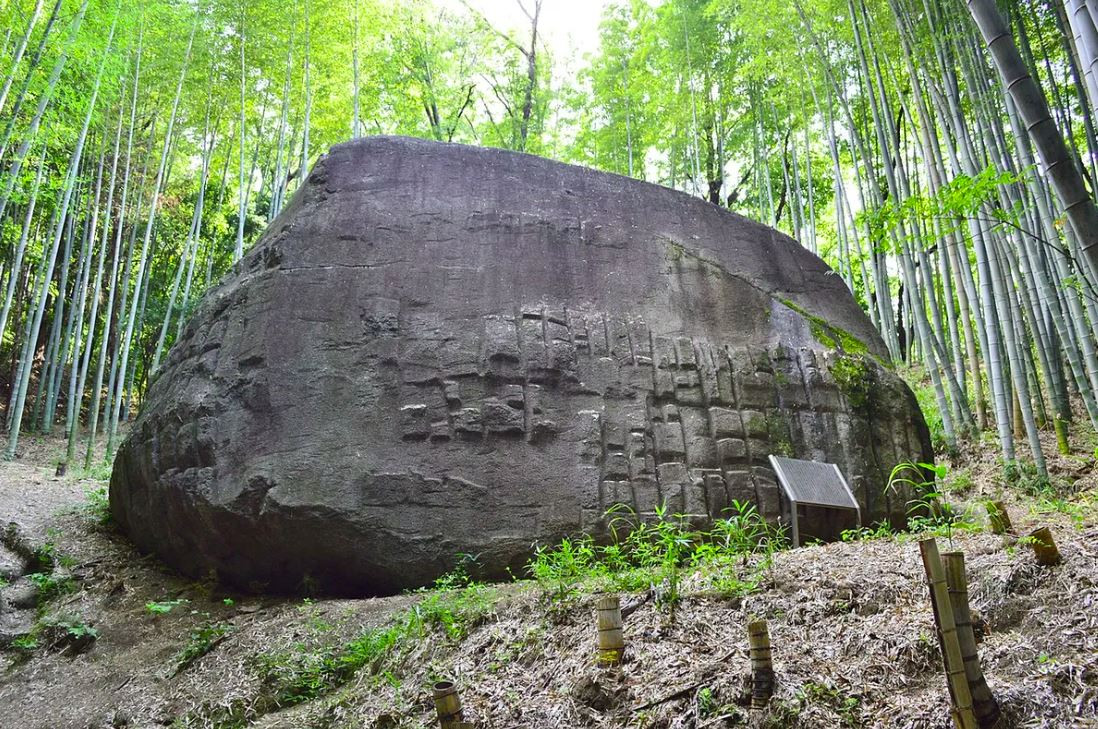“Masuda’s Rock Ship” awaits, hidden among bamboos in the quiet hills of Japan, as if it had crash-landed from another planet. This strange structure, whose original purpose has long been forgotten, has existed for centuries with its smooth surfaces and angular recesses.
Other than the occasional tourist blog, there is little non-Japanese information available about this strange rock. This rock is located on a forested hill near a primary school in Kashihara, Nara Province, just a 15-minute walk from Okadera Station.
The area is known for its carved granite stones, many of which are shaped like human-like figures and animals. It is not certain when these carvings were made, but some researchers claim they were built towards the end of the Kofun period, in the 7th century AD.
The artifacts are collectively known as Asuka’s Rock Artifacts. They are of particular interest, as they stand in contrast to the dominant style of Buddhist art that dominated Japan at the time.
Masuda’s Rock Ship, also known as Masuda-no-iwafune, is the most extraordinary and largest of these works. The carved stone is 11 meters long, 8 meters wide and 4.7 meters high, roughly comparable to the size of a luxury tour bus.

Its unusual shape and size are made all the more impressive, as it is made of granite, a hard rock that is extremely difficult to cut and chip. In addition to the square cut indentations on the rock, there is also a deliberately carved square stamp-like pattern on the side.
There are several different theories as to why the rock was carved. As is often the case with unexplained archaeological finds, some think it was used for stargazing and astronomy. A more likely explanation suggests he took on some sort of spiritual mission, perhaps related to funeral rites or celebrating the deceased.
However, the story of Masuda’s Rock Ship remains largely a mystery.